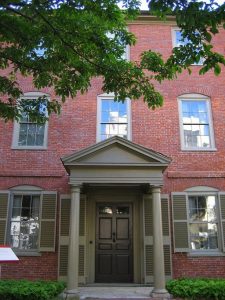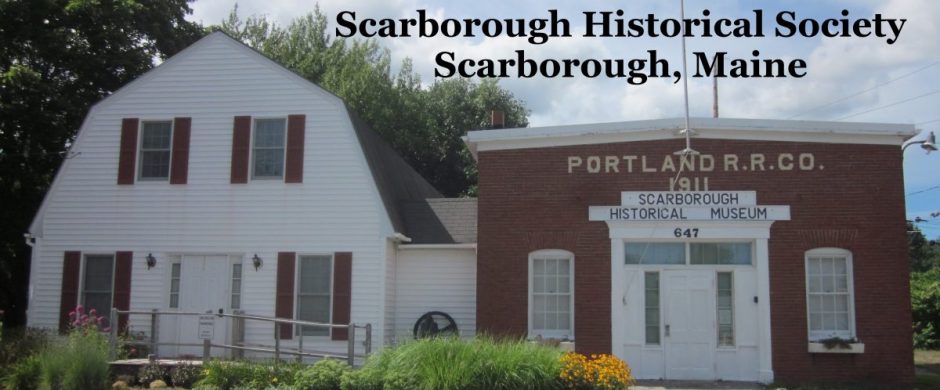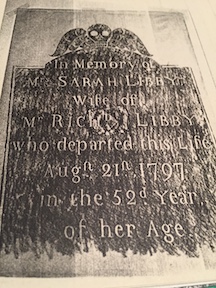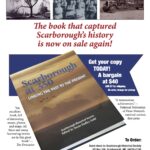4 March 2018, 1 PM
Scarborough Public Library
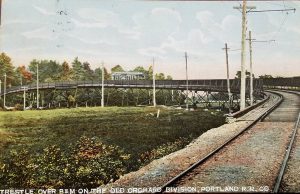
Portland Railroad’s Letter “S” Trestle on the road to Old Orchard Beach circa 1903
The Portland Railroad system as it existed following the completion of the Saco-Old Orchard line in 1903, operated trolleys on 93.75 miles of track, serving the communities of Portland, South Portland, Cape Elizabeth, Scarborough, Saco, Old Orchard Beach, Westbrook, Gorham, South Windham, Falmouth, Cumberland, and Yarmouth. More than 500 persons, including 133 motormen and 133 conductors, were employed. The line owned a total of 217 passenger cars (trolleys). Imagine living in Scarborough in the very early 1900s and being able to board a trolley and easily travel to visit any number of attractions in Maine, south, and east of Waterville, or south into New Hampshire, Massachusetts, and beyond. Make plans to bring a friend and attend the presentation on Sunday, March 4, 2018, at the Scarborough Public Library. Scarborough Historical Society’s guest speaker, Phil Morse from Seashore Trolley Museum will be the presenter. Artifacts from the Portland-Lewiston Interurban and its 1912 high-speed interurban, No. 14, Narcissus will be on display. The Narcissus is currently under restoration at Seashore Trolley Museum in Kennebunkport.
Location: Scarborough Public Library, 48 Gorham Rd, Scarborough, ME 04074 – March 4, 2018 at 1:00 pm.
Speaker: Philip W. Morse, Project Manager of Narcissus Renovation, Seashore Trolley Museum.
For more information on the Narcissus Project, see www.narcissus1912.blogspot.com.
